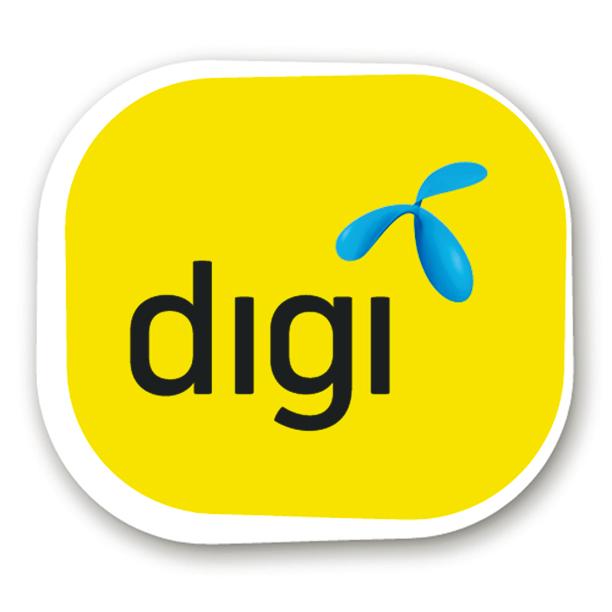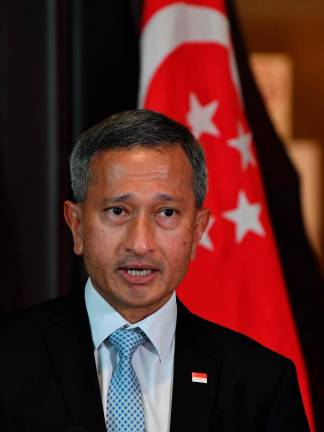PETALING JAYA: The Celcom-Digi merger is not likely to lead to an investment in their own 5G network ahead of the change to a state-owned entity network rollout model from a consortium led model that was announced with the MyDigital blueprint in February, according to an analyst.
Speaking to SunBiz on condition of anonymity, the analyst noted that such development is not possible as the special purpose vehicle (SPV) rollout entails a dedicated spectrum allocated to the operators managed by the ministry-linked SPV.
Previously, Fitch Solutions raised the possibility that a centrally-coordinated rollout of 5G could be inefficient and likely to incur higher levels of capital expenditure (capex) compared to a scenario where operators pursue their own buildouts and network sharing arrangements.
In a report, the rating agency cautioned a similar government-led approach in Australia has resulted in the telco investing heavily to develop their own 5G fixed-wireless networks to mitigate their reliance on state-owned network’s wholesale capacity to serve the fixed broadband segment.
It said there is a potential for a similar scenario playing out in Malaysia, where operators could look at deepening their focus in areas where the government-owned SPV might not focus, such as in unlicensed private 5G networks, in order to grow their revenues.
However, the analyst opined that the impetus for the move is due to the cutthroat competition in the sector, as the merger would enable the two to capitalise on synergies and value accretion.
On the whole, research houses are positive on the move which would result in the merged entity, Celcom-Digi to be the leading telco service provider in Malaysia in terms of market capitalisation, revenue and profit, with proforma FY20 revenue of RM12.4 billion, pre-synergy ebitda of RM5.7 billion and 19 million customers, 71% above current market leader Maxis.
Public Investment Bank Research said the merger should help ensure long term sustainability given the trend where the industry is experiencing margin compression and lower profitability with the need to continuously invest in new technologies to cater for a growing demand for data and speed.
AmResearch highlighted that the two have not provided any guidance on the synergistic value creation versus the net present value of RM7-9 billion over five years for the Malaysian operations during the previous abortive merger attempt back in 2019.
“This was the larger part of the five-year synergies up to RM15–20 billion in present value from network efficiencies, cost avoidance, procurement optimisation and economies of scale arising from merging the regional operations of Axiata and Telenor,” it said.
Prior to the synergy, CGS-CIMB estimates the deal values Celcom at FY21 enterprise value/ebitda of 8.8 times, which translates to 23-24% below Digi’s and Maxis’s valuations. It sees Digi’s FY22 core earnings per share lifted by 7.4% pre-synergy, including new debt and enlarged share base. Similarly, the research house noted that there has been no guidance on potential synergy other that the 2019 merger guidance.
“However, as Celcom/Digi’s future capex would fall anyway due to 5G network investments by the government, we think the synergies may be less this time. We have assumed RM5 billion, or 28-44% lower,” it said.
With the merger, Rakuten Trade head of research Kenny Yee hopes it will prompt similar merger & acquisition moves.
“By doing so, mega companies will emerge thus attracting higher inflow of foreign participants,” he said.













